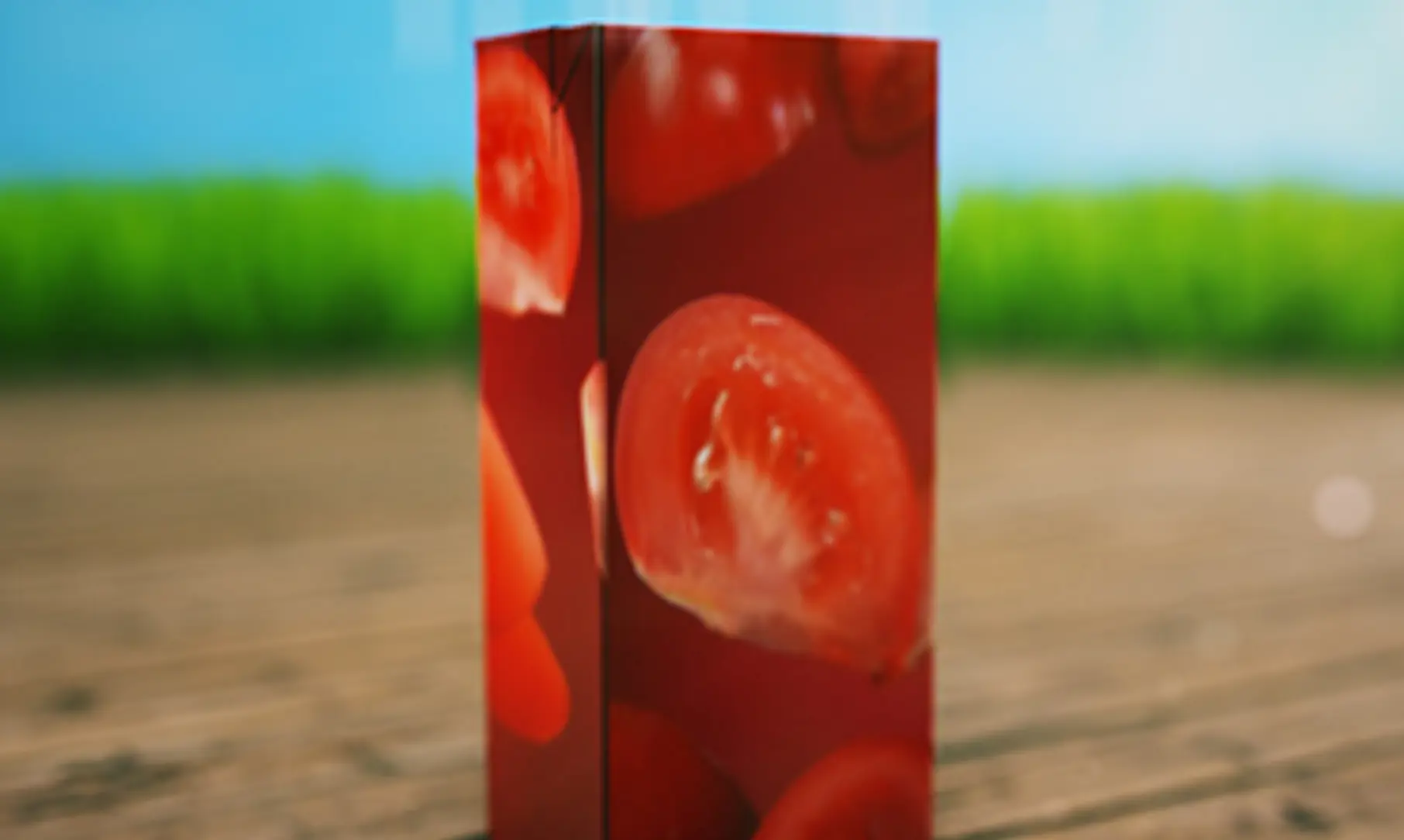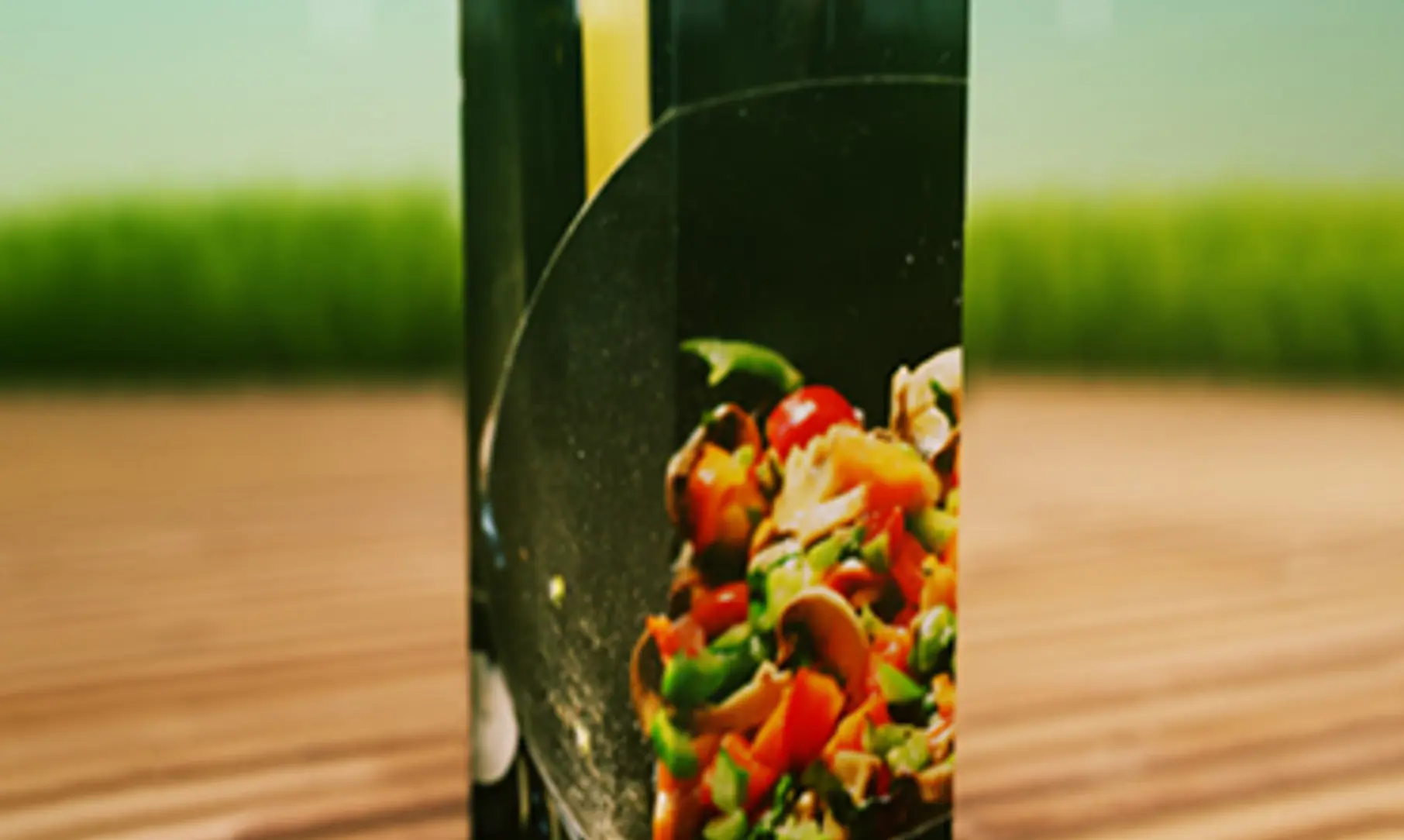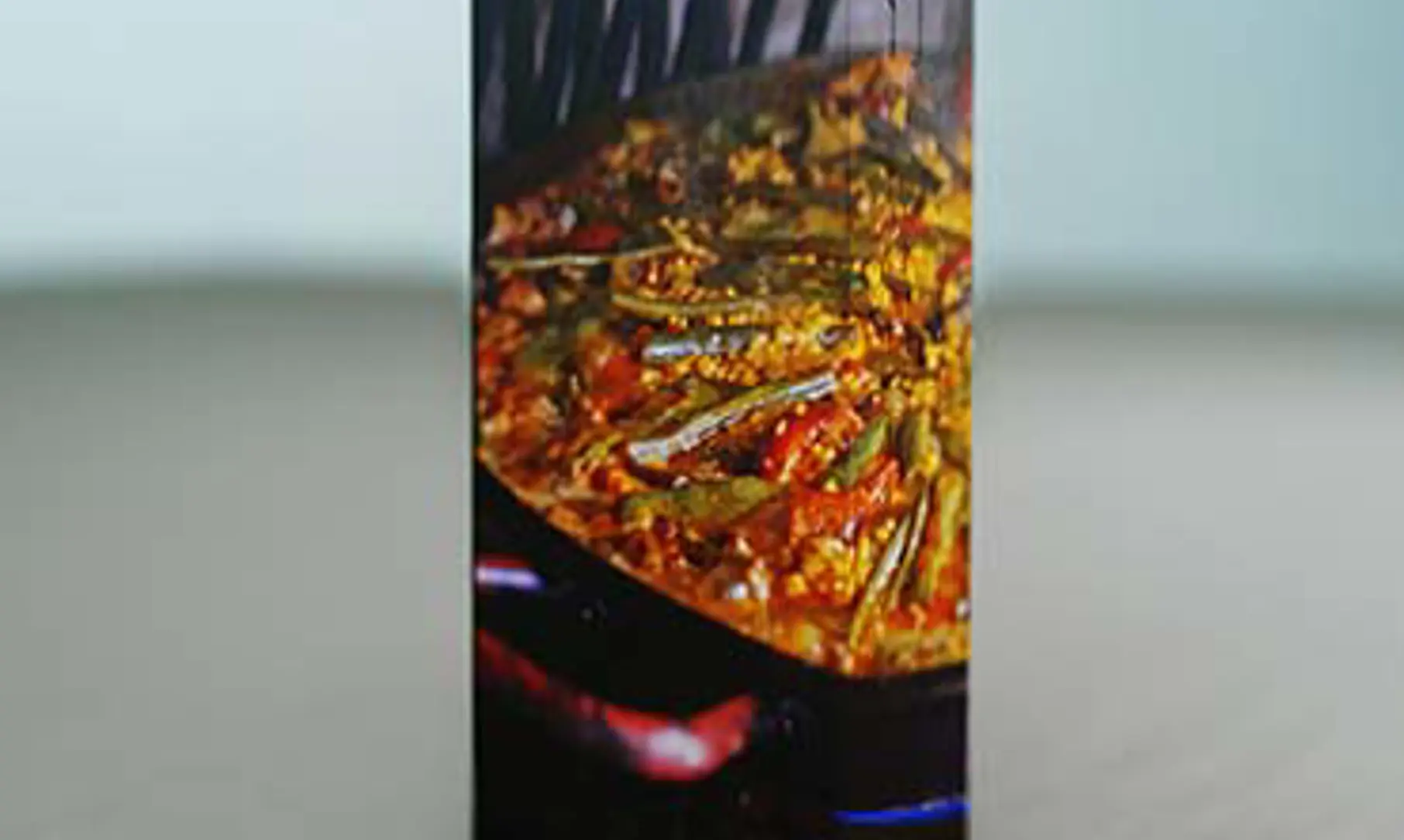Food for thought

What food and beverage products are consumers keen to buy in a carton, and how have factors like availability, culture and convenience impacted demand? Find out in our Food Speak round-up.
Packaged foods and beverages are part of our everyday. But how did they become ubiquitous, and how has this market transformed over the years? Not only in terms of what we can find inside a carton, but regarding what that carton is made from? Revisit our Food Speak series for more.
Nutrition is all that counts
Preserving food has been hugely influential to our evolution, with carton packs now playing a large role in this area. In part one of the series, we unfold the history of the carton pack and break down some common misconceptions about preserving food or drink in packaging – while discussing the benefits of such products today.

Why convenience matters
If we look back at the history of packaged foods, we can see how culture and convenience impacted their growing popularity. What role did women play in this upward shift when they began entering the job market and started spending less time at home? And how impactful has the COVID-19 pandemic been for sales?

When global goes local
As the world becomes more connected, people’s tastebuds have grown more adventurous. For consumers who want to try new and exciting products, seasonal availability and pricing can affect their purchasing decisions. But with packaged goods, manufacturers can offer them an affordable and convenient way to meet their culinary demands.

How shelf stable became top tier
How big a role does availability play in demand for shelf-stable foods? With global food security an ongoing concern, packaged foods can help reduce food waste while keeping food prices from spiking. And that’s in addition to consumers realising how dependable such goods were during the start of COVID-19, when supply chains worldwide were majorly disrupted.

What’s next on the menu?
Convenience will continue to play a substantial role in consumer demand for packaged food, helping boost the global market to an expected $3.9 trillion in sales by 2026. Other trends discussed throughout our series will also contribute to growth, with the ongoing ripple effect of COVID-19 on supply chains sure to continue.
Keep an eye on the world of packaged food and beverage products and dive into our other stories by subscribing to SIGnals Update, our exclusive bi-weekly newsletter.
- Februari 15, 2022
